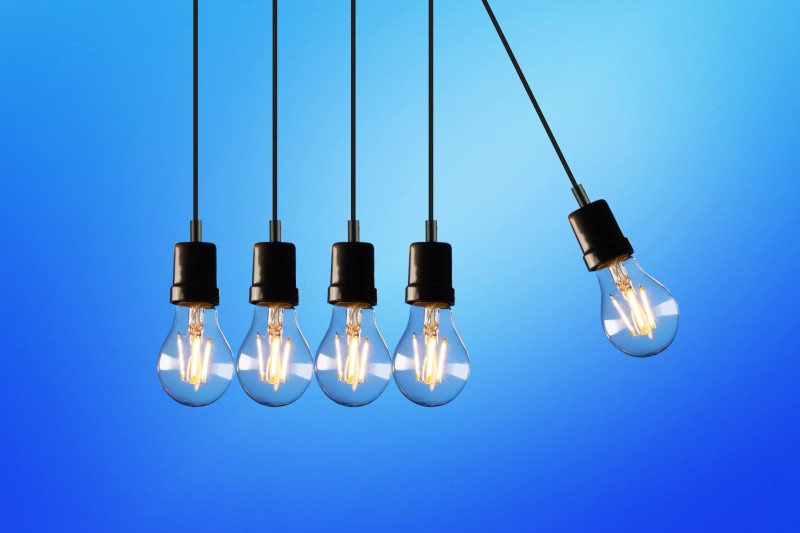Many people lament their high energy costs, but the irony is that they are rather simple to cut. Reduce your household’s energy use by making a few tiny behavioral modifications.

The following methods may help you conserve energy instantly around the house, and many of them are completely free!
1. Invest in Energy-Saving Appliances
The most environmentally-friendly course of action is to keep your appliances in good operating condition for as long as possible.
However, if it’s time for an update, spend the extra money upfront on energy-efficient equipment. A deep dive into your utility’s demand response will help you understand more energy conservation tips through your home appliances.
If you’re on a tight budget, you may want to prioritize acquiring Energy Star appliances to replace your home’s most energy-intensive products. Consider hiring a local home energy inspector to see where energy and money might be saved.
2. Include Smart Plugs
While you may pine for a simpler era, it’s difficult to argue against current technology’s conveniences. If you want to save energy, consider installing smart plugs in your house. These convenient gadgets fit into outlets and enable you to connect other devices to the smart plugs.
Then, with an app, you can control almost everything in your house. This allows you to turn off devices while not in use, greatly decreasing the possibility of vampire power.
3. Water
Choose goods that have a high water efficiency rating. The Water Efficiency Labeling and Standards (WELS) program enables you to compare the water efficiency of various products—similar to the energy stars on a refrigerator—the more stars, the better.
Utilize rainwater. Rainwater collected from the roof is perfect for watering your plants. Consult your local water authority and council for assistance in installing and maintaining a rainwater tank.
Greywater from showers, laundry tubs, and washing machines may be collected and used in the garden, or it can be redirected to the garden through a plumbed-in diverter. Conditions may apply in your neighborhood; therefore, seek advice from your local council.
Purchase a water-efficient showerhead. Water-efficient showerheads are excellent for everyday usage. However, if you have an instantaneous hot water system, the flow rate of a low-flow showerhead may not be sufficient to initiate it; therefore, consult your installer. If you have a gravity-fed water system, get a showerhead intended to operate at low pressure.
4. Determine the Best Air Conditioner or Heater Temperatures
If you like cranking up the air conditioning just as the weather starts to warm, you’re in for a nasty shock when the utility bill arrives. Air conditioning is one of the primary energy consumers in the house. Leave the air conditioner off for as long as possible to save energy.
There are also more energy-efficient methods to maintain a comfortable temperature, such as drawing the window curtains or putting on ceiling or floor fans. When no longer handling the heat, leave the air conditioner set to 78 degrees Fahrenheit for best comfort and least energy use.
The same is true for increasing the heat during the colder months. The greater the temperature, the more energy is required to keep the dwelling warm. In the winter months, set the thermostat to 68 degrees Fahrenheit, and you may even set it a few degrees lower while you’re not at home or sleeping.
By setting the air conditioner or heater to these suggested settings, you may save up to 10% on your annual power bill.
5. Turn Off the Lights
It’s the oldest technique in the book of energy-saving tips and tricks for lowering your energy expenses. Even your children may sometimes remind you to turn out the lights when you leave the room. Consistently do this to establish a habit and minimize power use.
If turning off lights as you leave a room does not stick, smart lights and light switches are now available. These lights may be controlled remotely using a smartphone app or a voice-activated device.
6. Cover Any Gaps
Small holes or breaches on the outside of your property might result in air seeping out and into it. Sealing them might result in a saving of up to 10% on your energy expenses.
Begin with the windows and doors since these are the most significant places of air leakage, but if you’re ambitious, hire an energy auditor to analyze your property. Additionally, closing curtains helps to eliminate drafts.
Wrapping Up
Living in energy-efficient homes helps people by lowering heating and power expenses, boosting comfort and security during unexpected blackouts, raising the home’s resale value, and eventually benefiting one’s health.
Related Posts
- 8 Best Practices to Help Make Your Home More Sustainable
- What are the Pros and Cons of Solar Tube Lighting in Homes
- All About Solar Panel Tiles and Shingles – Cost – Pros – Cons
- Save Your Solar Power: Maximize the Energy with These Simple Tips
- 7 Tips to Create a More Eco-Friendly Home or Apartment
- 6 Eco-Energy Solutions for Your Home to Save Money
Leave a Reply